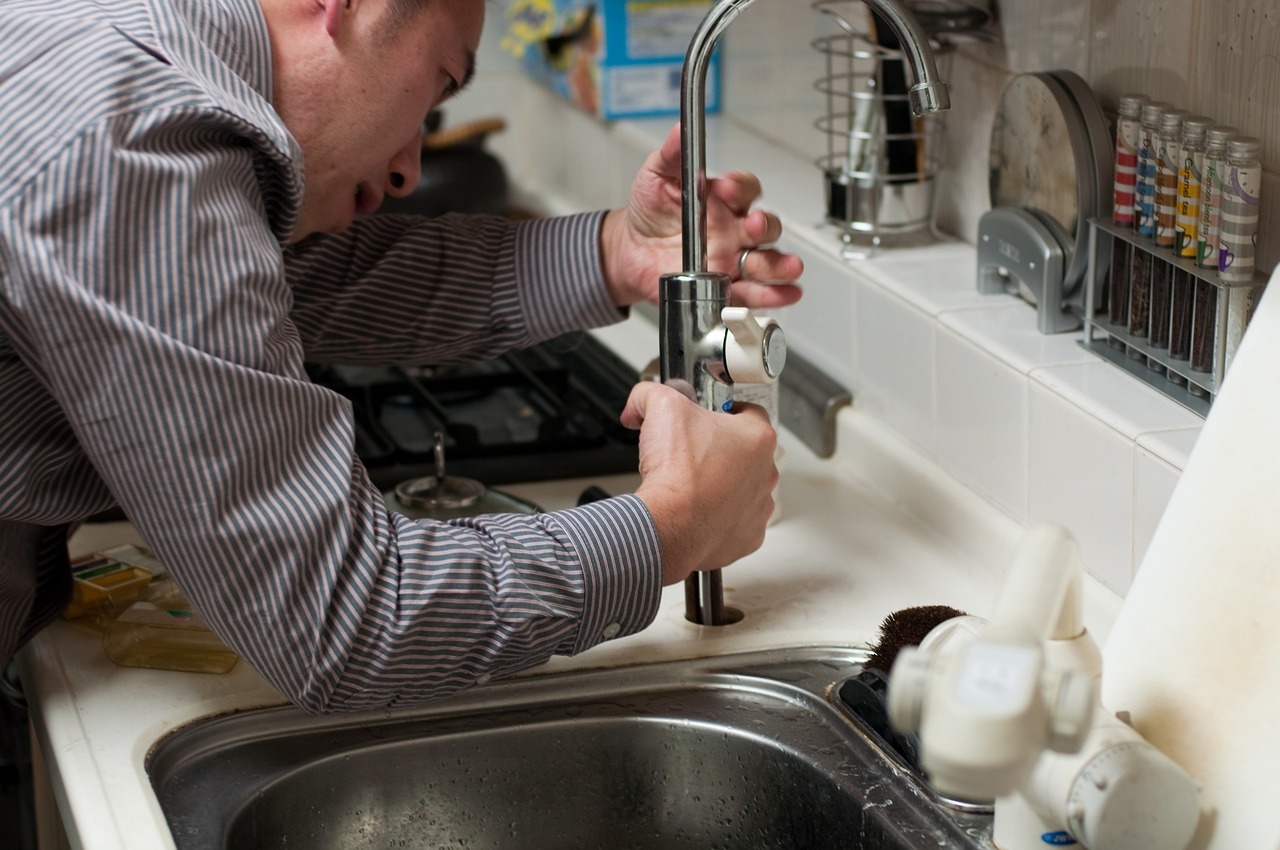Exploring the fascinating world of ancient architecture is like stepping back in time. It provides intricate details about how past generations conceived, designed, and constructed their living spaces. Tall stone towers, magnificent pyramids, sprawling palaces – these architecturally riveting sites echo with the whispers of millennia gone by. Yet hidden beneath this veil of architectural elegance lies another intriguing layer—the efficiency of ancient plumbing systems.
Ancient Egyptian Plumbing System
The ancient Egyptians were pioneers in various fields, including architecture and plumbing. They developed reliable sewage systems for their grandeur structures—temples, palaces, pyramids—and even efficiently managed wastewater disposal in the bustling residential areas.
These efforts align superbly with modern notions of sanitation and show impressive technological craftsmanship for their time.If you are fascinated by such ancient ingenuity, go to this site, which offers detailed insights into the efficiencies of contemporary plumbing systems that undoubtedly owe much to these pioneering efforts.
The Romans: Masters of Aqueducts
The Romans are renowned for creating architectural wonders known for both aesthetic enchantment and functional perfection. However, they also excelled appreciably in water engineering evident from their intricate aqueduct systems—a nod to their superior understanding of plumbing as a vital aspect of advanced living quality.
Greeks and Their Baths
Ancient Greek civilization imparted many socio cultural traits to the world—one being the significance of public baths as centers for social gathering. The success of such a concept fundamentally relied on an efficient plumbing system for hot and cold water transportation to these bathhouses, which is yet another testament to their architectural ingenuity.
Pioneer’s Legacy in Modern Plumbing
Despite the advancement of technology, modern plumbing systems continue to draw inspiration from these ancient architectural efforts. They had mastered gravity-based flow, developed pipe-like channels, recognized the need for sealed sewage systems – all elements commonly found in today’s plumbing designs.
Analogous Functions: Then and Now
Drains, pipes, valves—plumbing components used in our homes echo their ancient counterparts’ functionalities distinctly. This intriguing parallel between ancient and modern methods signifies the enduring relevance of the philosophies underlying ancient plumbing and architectural practices.
Material Use: A Comparative Insight
The composition of plumbing materials has drastically evolved over time. While ancient civilizations used lead or clay, modern implementations prefer PVC, copper or stainless steel due to their durability and long-term efficiency. Yet, this progression does not nullify the quality of past archaeological practices but instead appreciates their contribution to humankind’s continuous development.
Sustainability Lessons from Ancient Architecture
Ancient architecture proffers environmental sustainability cues that can be beneficial to contemporary societies. By harnessing nature’s resources skillfully—like collecting rainwater or using gravity for water distribution—they exemplified sustainability as a desirable characteristic of architectural planning and design.
The Impact on Public Health
The well-maintained sanitation facilities that were implemented by ancient civilizations set an early precedent for public health protocols. By averting possible sanitation-related illnesses through efficient waste disposal systems, they highlighted the link between public health standards and efficient plumbing practices.
The Elegance of Simplicity
Ancient architectural solutions mirrored an astounding conceptual depth regardless of their seeming simplicity. This is evident particularly in plumbing solutions, which despite minimal technological assistance were still effective at serving their communities on a large scale.
Lessons for Future Infrastructure
The successful orchestration of water systems by ancestral civilizations prompts an exploration into their principles and workings. Their strategies can offer workable solutions to contemporary infrastructure challenges, especially in regards to effective water management and conservation.
The Science Behind Ancient Plumbing
Unraveling the science utilized in ancient plumbing helps discover how these civilizations harnessed natural forces like gravity and pressure. These timeless principles continue to be applied in modern-day systems, reinforcing the notion that fundamental scientific principles are especially enduring.
Crafting Societies Around Water
Ancient societies were often planned around their water sources, showing that access to potable water played a considerable role in defining social structures. This intimate association between architecture, plumbing, and societal planning sets an interesting precedent for shaping modern-day urban infrastructures.
Constructive Arrears
As we look back at ancient architectural achievements, it becomes clearer that their grasp of plumbing was more sophisticated than often accredited. Bringing all these points together invites a succinct appreciation of ancient achievements and emphasizes the lessons to be learnt from our ancestors’ innovative strategies in managing water resources – an endeavor that indeed merits respect.

